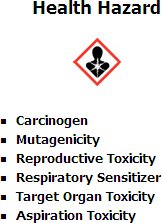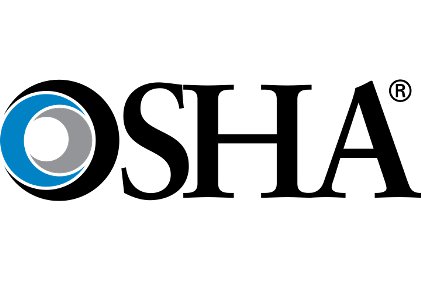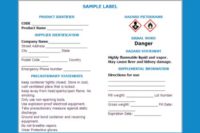
|
The revised Hazard Communication Standard (HCS) announced this week by OSHA will use nine pictograms to convey the health, physical and environmental hazards. Each pictogram consists of a symbol on a white background framed within a red border and represents a distinct hazard(s).
The pictogram on the label is determined by the chemical hazard classification.The final HCS requires eight of these pictograms, the exception being the environmental pictogram, as environmental hazards are not within OSHA's jurisdiction.
The Health Hazard pictogram is shown at right. Other pictograms show:
• Flame: flammables, pyrophorics, self-hearing, emits flammable gas,self-reactives, organic peroxides
• Exclamation Mark: irritant (skin and eye), skin sensitizer, acute toxicity, narcotic effects, respiratory tract irritant, hazardous to ozone layer (non-mandatory)
• Gas Cylinder: gases under pressure
• Corrosion: skin corrosion/burns, eye damage, corrosive to metals
• Exploding Bomb: explosives, self-reactives, organic peroxides
• Flame Over Circle: oxidizers
• Environment (non-mandatory): aquatic toxicity
• Skull and Crossbones: acute toxicity (fatal or toxic)
Click here to see the new pictograms.



